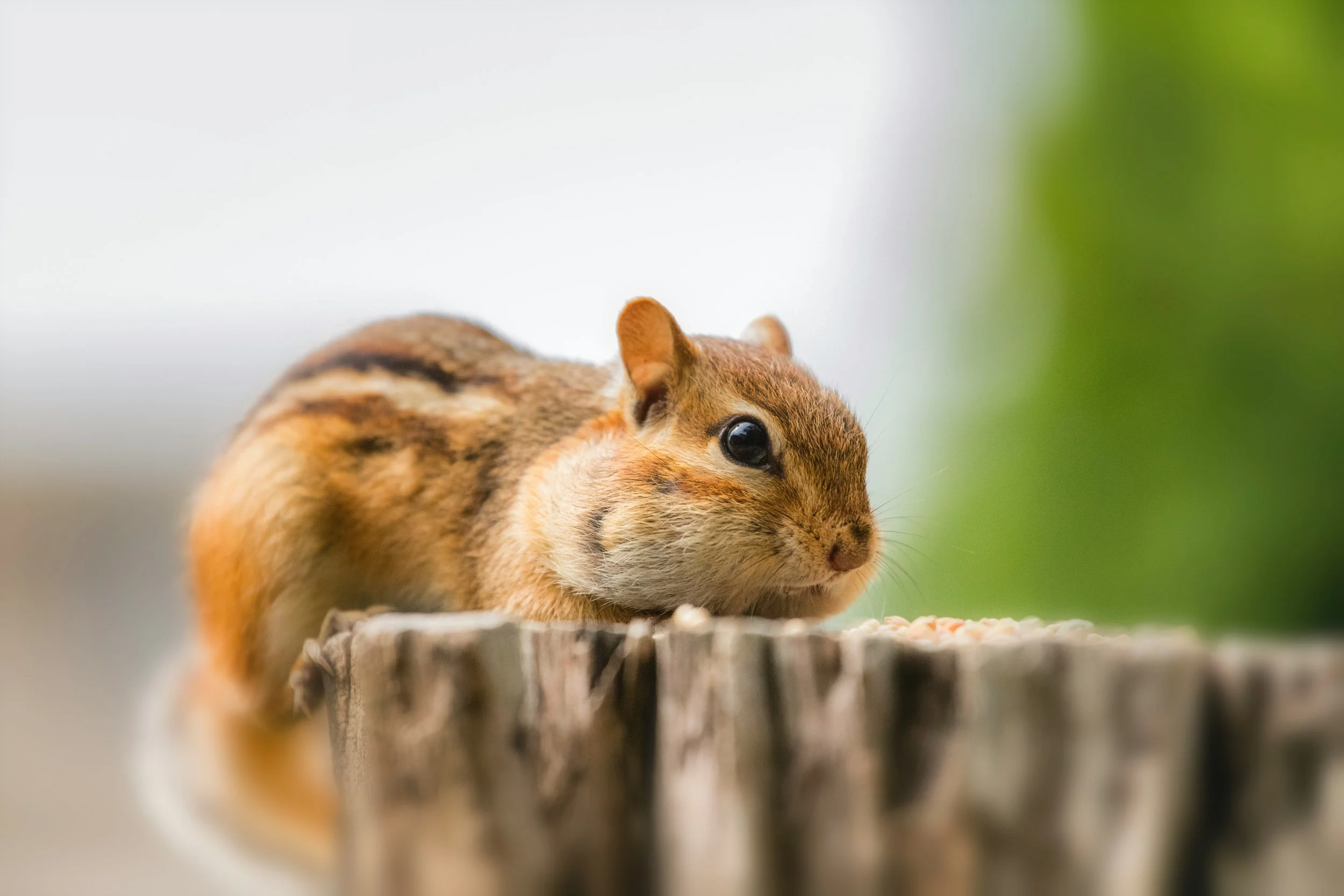Nature's Shift: Animal Behaviors As Seasons Change
Photo by Richard Hamilton on Unsplash
As the seasons transition, the natural world undergoes remarkable transformations, and animals adapt in fascinating ways. Observing these changes can provide insights into the complexity of ecosystems and the ingenuity of wildlife. Here’s what some animals are up to as the seasons shift:
1. Gathering and Hoarding Many animals, like squirrels and chipmunks, begin hoarding food in preparation for winter. You might see them busier than usual, collecting acorns, seeds, and other edibles, stashing them away in their nests or burrows.
2. Migratory Patterns Birds are perhaps the most noticeable when it comes to seasonal behavior changes. Many species migrate to warmer climates as winter approaches. This journey is vital for their survival, ensuring they are where food is abundant and the climate is survivable.
3. Fur and Feather Changes Animals such as deer, foxes, and rabbits change their coat colors to blend in with the changing environment, providing camouflage from predators. Birds may molt and grow new feathers that are better suited to the climate conditions of their winter habitats.
4. Hibernation Preparation Bears and some rodents start consuming more food to bulk up in autumn. This extra weight provides the energy they need to survive the months of hibernation when food is scarce.
5. Reproductive Activities Many animals, including deer and sheep, enter their breeding season just before the onset of winter. This timing ensures that their offspring are born in spring when conditions are more favorable and food is plentiful.
Understanding these adaptive behaviors not only deepens our appreciation for nature but also highlights the importance of seasonally adjusted conservation efforts.


